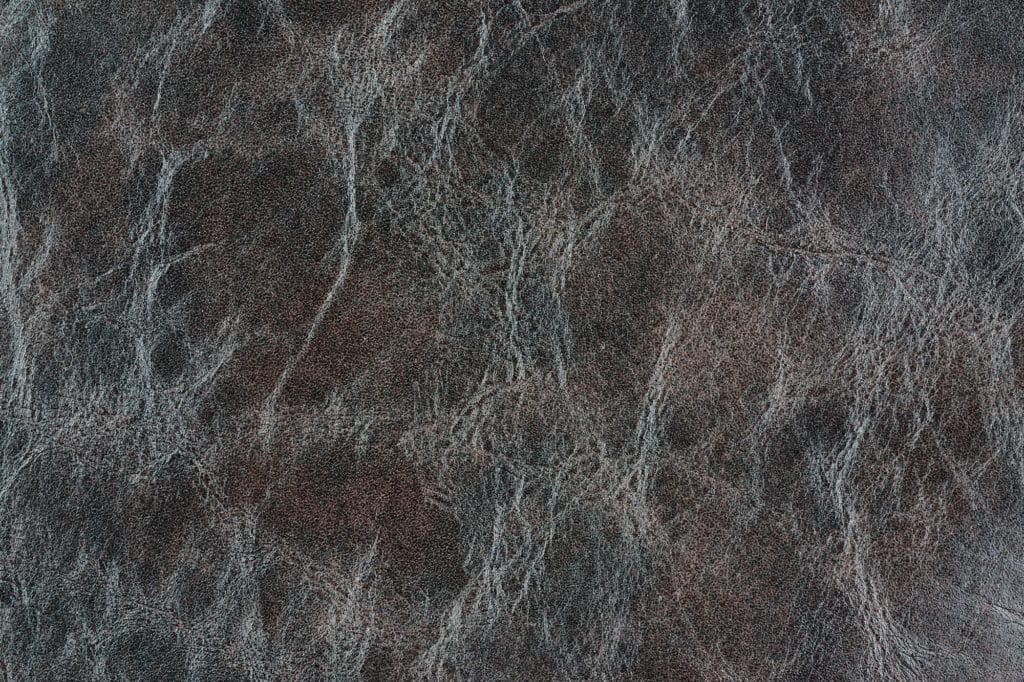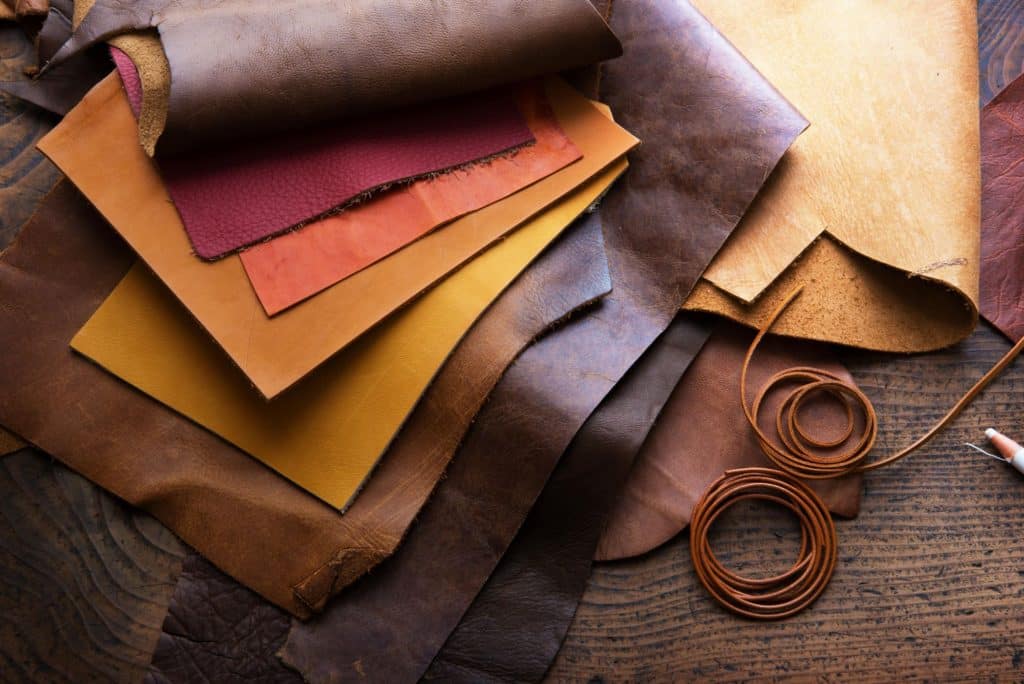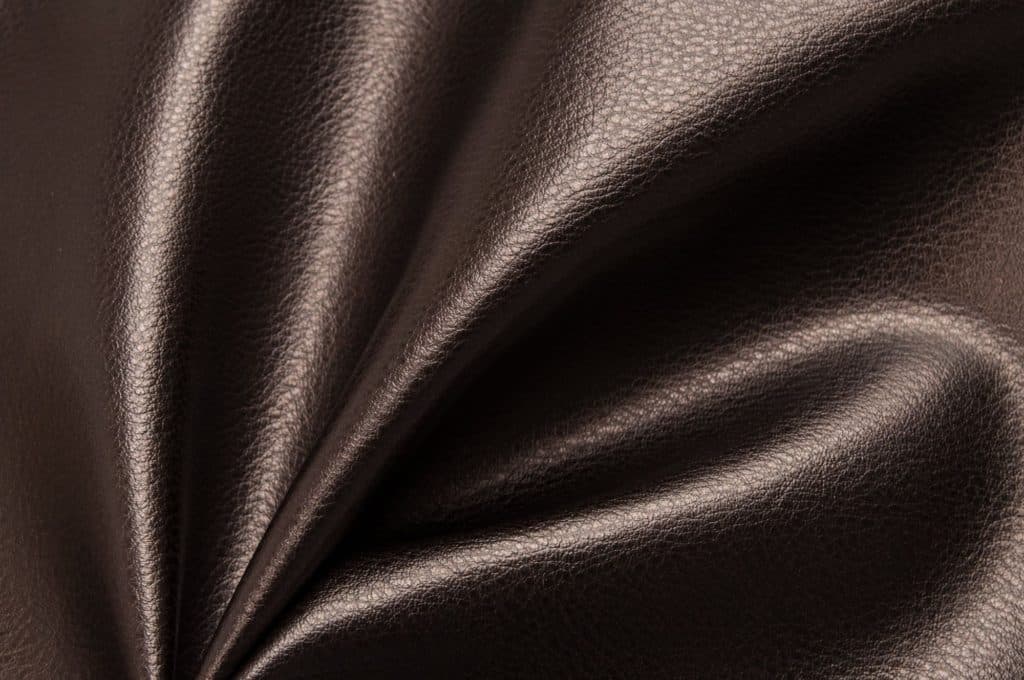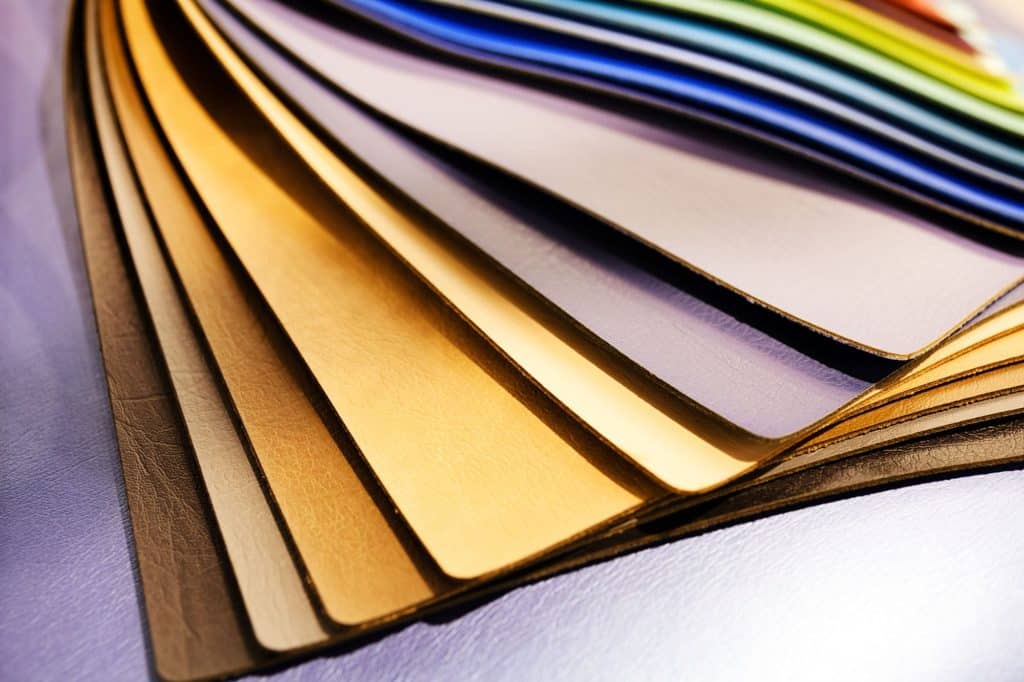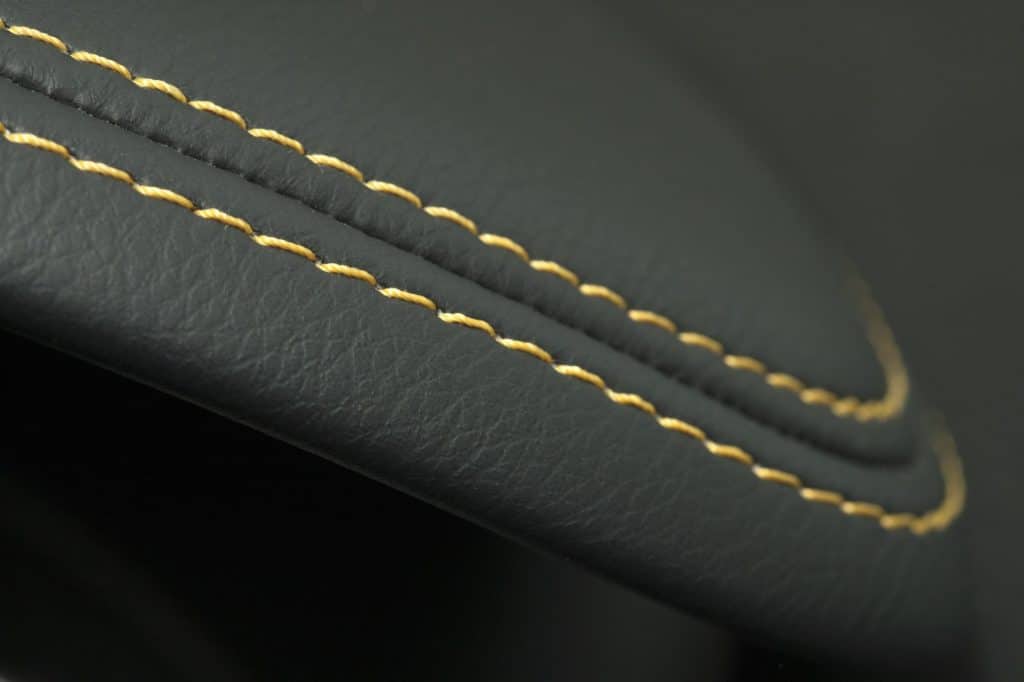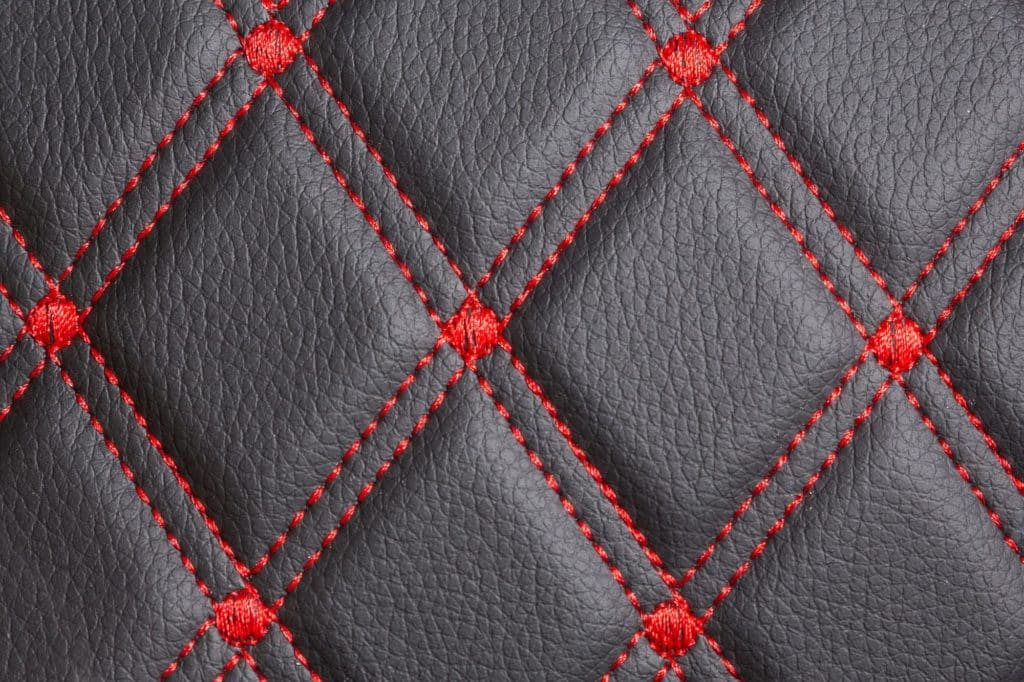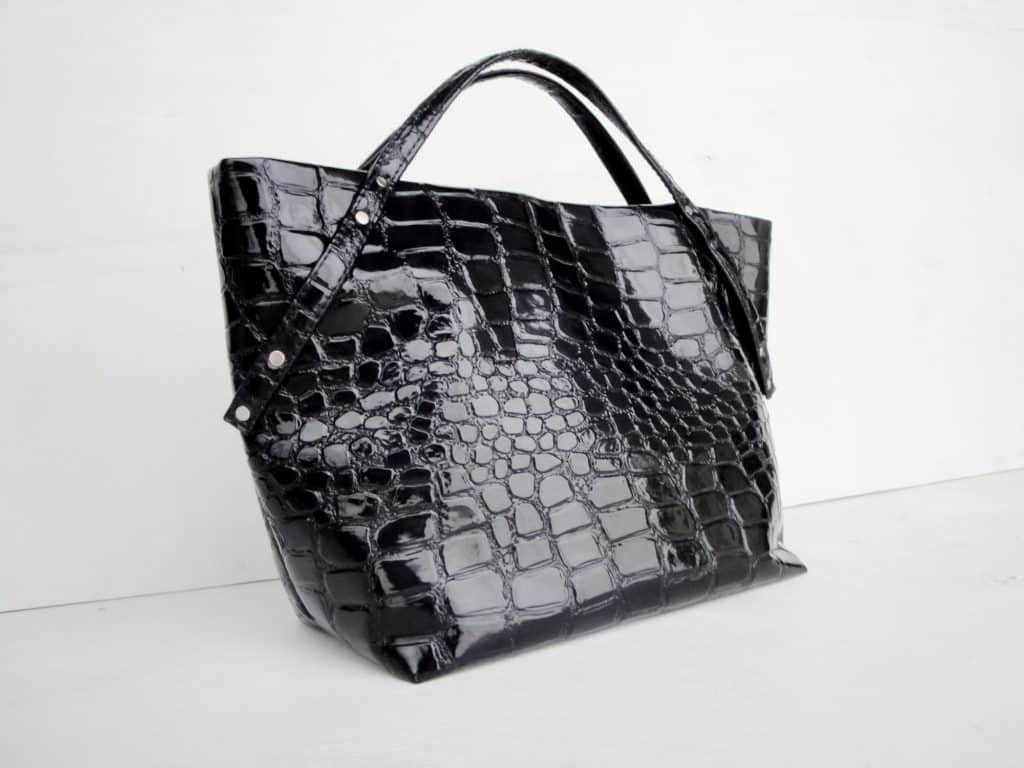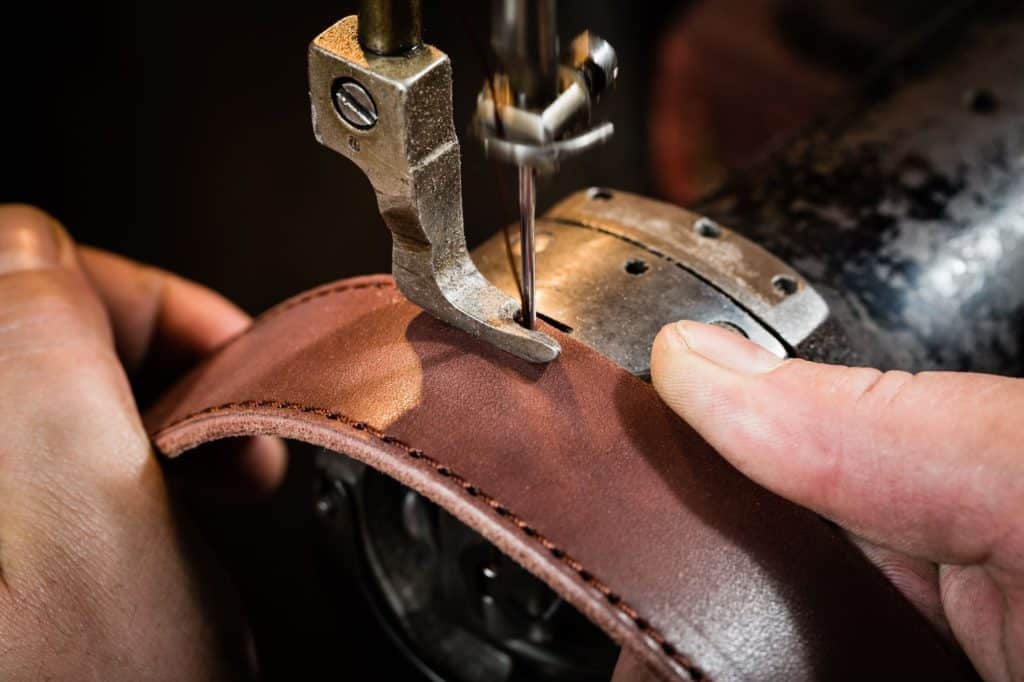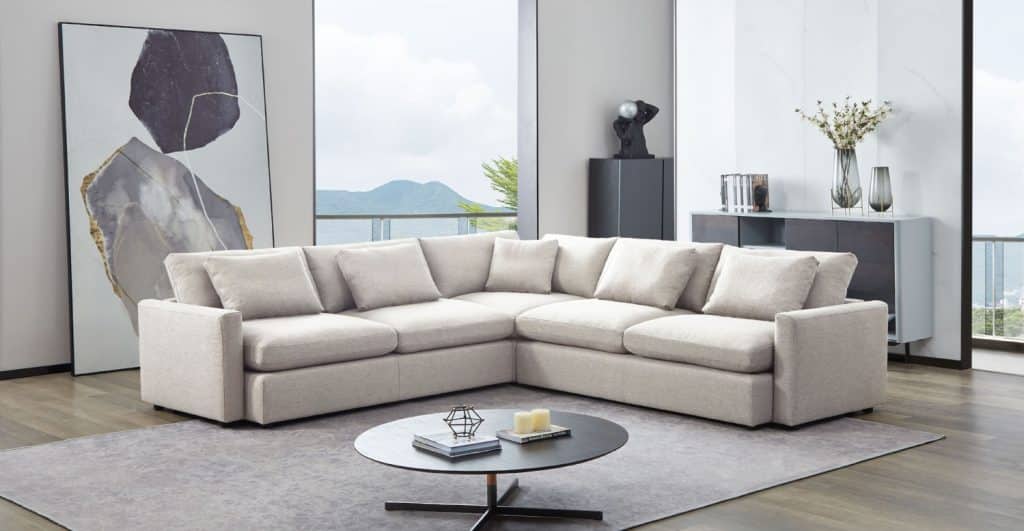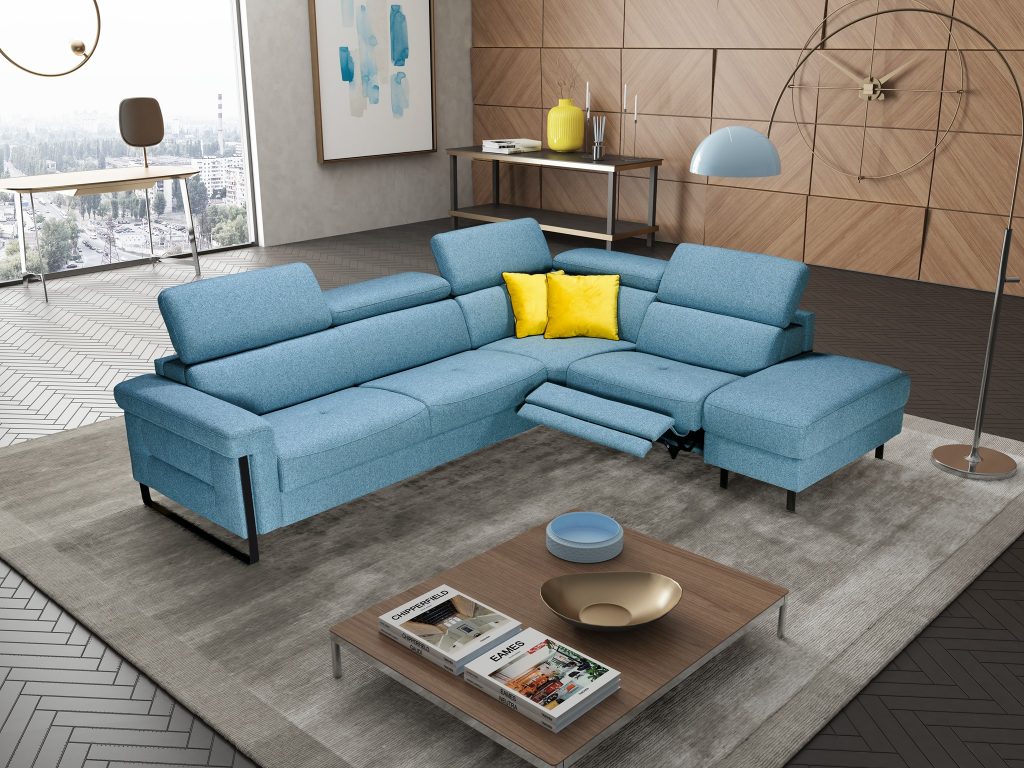Traditional genuine leather and eco-leather are materials that are almost equally in demand in the textile and haberdashery industry, furniture production as well. The more humanity realizes and takes responsibility for environmental problems, the more often the choice of a conscious buyer falls in the direction of artificial or eco-leather, instead of products made of the skin if animals. How are things really and what is really better to buy – products made of natural or synthetic materials? We suggest comparing both of these options.
Let’s start with the basic definitions
Genuine leather (or real) is a material that has a natural origin. Its production, unfortunately, is based on killing animals and removing their skins, which in the course of multi-stage processing turns into finished raw materials. In the future, it is used for sewing clothes, haberdashery, accessories, creating upholstery for furniture and interior design, souvenirs, and much more.
Eco-leather is relatively new material on the market. It is a type of imitation leather. And, if real leather is, in fact, a complete canvas, then eco-leather is a textile base, on top of which a layer of synthetic raw materials is applied. In its appearance and some properties, it is similar to genuine leather. However, the interesting marketing name “eco-leather” has taken root in such material faster and more firmly.
Methods of obtaining raw materials
As mentioned earlier, genuine leather is obtained by treating animal skins. Before obtaining the raw material, the skins are tanned. After that, the material is painted, patterns are made from it, and then – finished products: bags and purses, shoes, clothes, etc.
Alternative, “eco” leather is made from textiles and refined products. In the process of obtaining the finished raw material, various chemicals are used, thanks to which the material acquires properties similar to natural ones.
General characteristics for a visual example:
- Eco and genuine leather have almost the same surface texture;
- Artificial leather, like genuine, is hypoallergenic;
- Synthetic leather perfectly tolerates temperature changes and, unlike natural, does not harden in the cold and does not overheat under the influence of sunlight;
- The cost of artificial leather products is an order of magnitude lower than the same products made of natural materials;
- Breathable and hygroscopic properties are higher in eco-leather, so it is not able to create a greenhouse effect, which makes it an excellent material for the textile and furniture industry;
- Natural and eco-leather are characterized by abrasion resistance, but, unlike the first, the second is more prone to punctures, scratches;
- The cutting effects of eco-analogue products are much worse than the same products made from real animal skins;
- Caring for synthetic leather products is much easier than for the genuine.
Differences in materials
Very often, materials such as genuine leather and its eco-analogue are compared. We propose to consider them as well:
- Synthetic leather absorbs paint better than genuine leather, which provides a more spectacular, bright, and juicy appearance to products made of it;
- The reverse side of artificial fabrics is soft and textile, while the backside of real leather has a denser and fluffier surface;
- Another difference between the materials is the appearance of gaps at the folds. At deformation on a cloth surface from the eco-analogue the lightened sites in places of a fold can appear. If you crumple the genuine leather, then the color of the material will not change when folded.
The most important difference between quality products made of real leather is the presence of a figured label, certifying the authenticity of the product with the appropriate inscription. If the label attached to the product is made in the form of a diamond, it may indicate that one of the types of imitation leather was used in its production.

